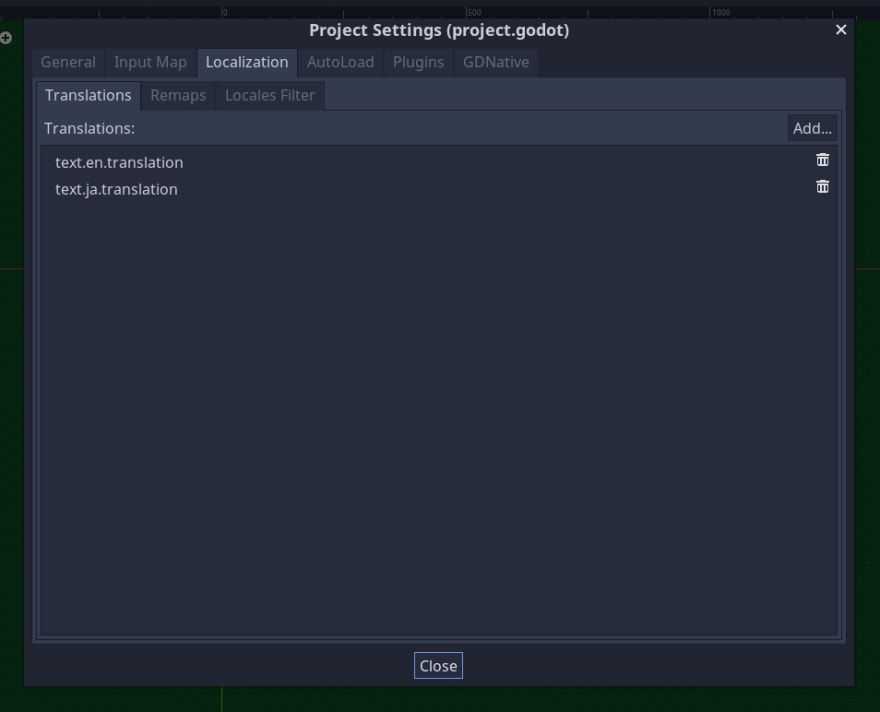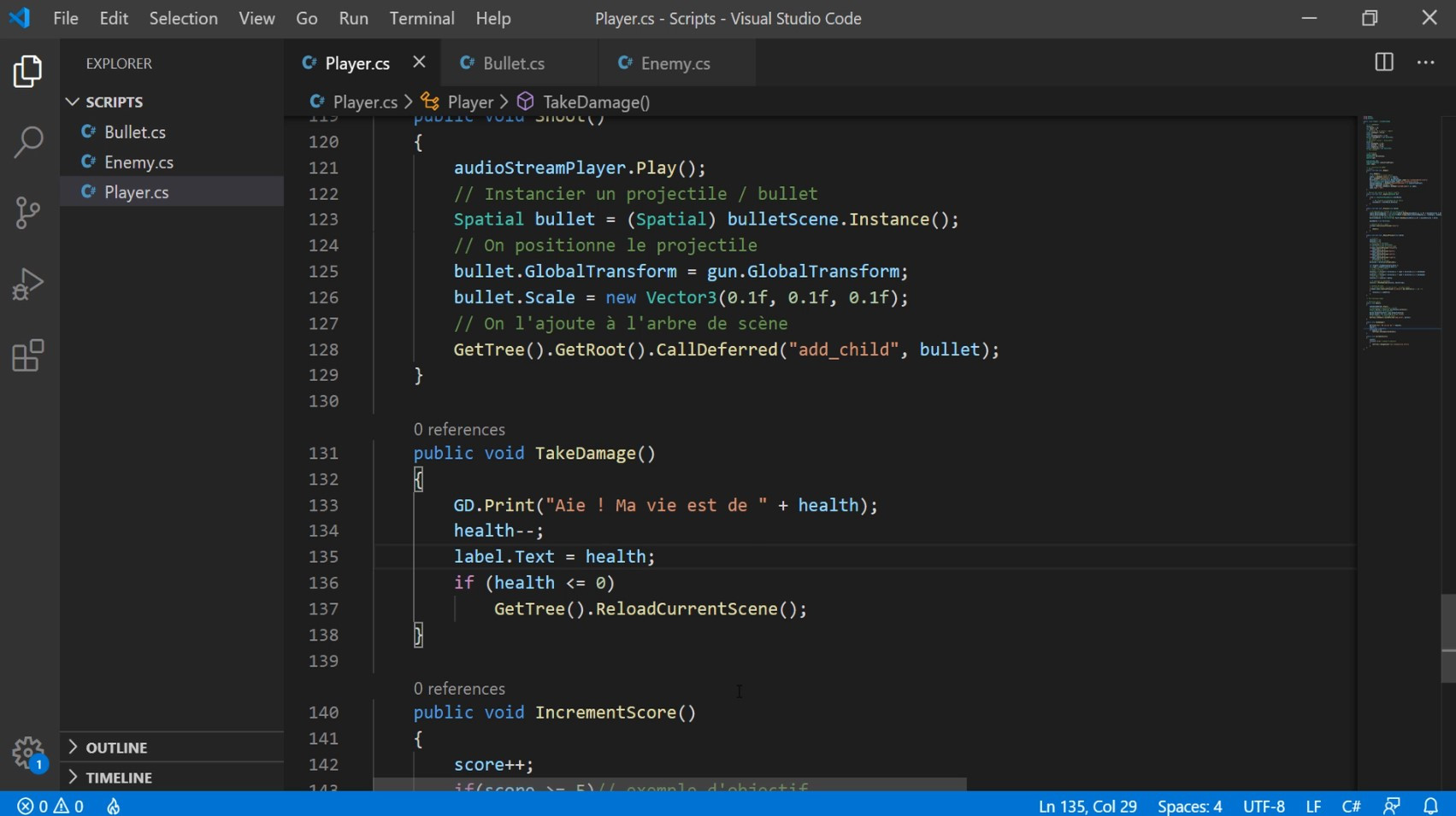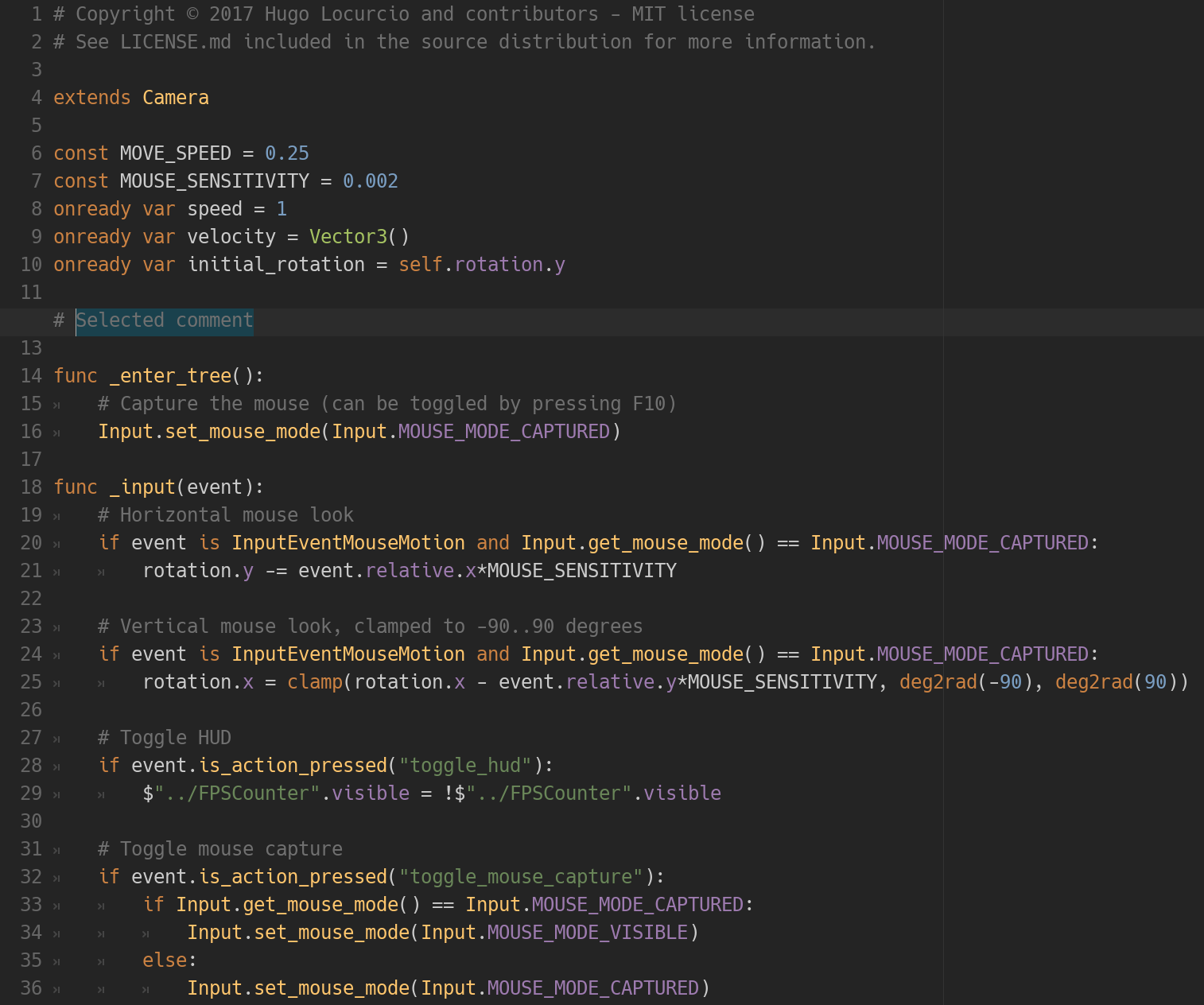
- #WHERE TO PUT GOBOT CODE IN SCRIPT SERIAL#
- #WHERE TO PUT GOBOT CODE IN SCRIPT ANDROID#
- #WHERE TO PUT GOBOT CODE IN SCRIPT PC#
- #WHERE TO PUT GOBOT CODE IN SCRIPT BLUETOOTH#
The E32 cam (12 Euro) with an Arduino Uno clone (7 Euro) to download the web-server program I just had to buy.

Part of the fun is to browse sites selling hardware stuff but not to buy too much, hardware cost money.
#WHERE TO PUT GOBOT CODE IN SCRIPT PC#
I switched over to an extra micro:bit connected to a PC for micro:bit to micro:bit radio communication.
#WHERE TO PUT GOBOT CODE IN SCRIPT BLUETOOTH#
I also tried to connect via Bluetooth to a W10 PC but this did not work directly.
#WHERE TO PUT GOBOT CODE IN SCRIPT ANDROID#
This year, I did a second iteration using as remote control a Bluetooth Android App from the PlayStore. Small standard programs supported by the hardware of the robot are IR remote control, line following, obstacle avoiding using the ultrasonic distance sensor, flashings Leds and playing tunes. Writing small "programs" in MakeCode block programming is very primitive and somewhat limited but simple and straightforward. It looked fun, reasonably affordable (Micro:bit less then 20 Euro, robot less then 30 Euro, no delivery costs picked up by bike) and feasible given my limited hardware knowledge. So for now, this is all fantasy and it will take some time before something happens if we say "Robot Forward" or even "Robot bump to a red ball in the arena"!! Backgroundġ.5 years ago, I bought a simple small toy robot car (only 2 wheels, no arms) with a micro:bit. My hobby interest was shifting to do some "intelligent" processing on a W10 PC, but the power supply for the camera with 2 batteries is doubtful now.
#WHERE TO PUT GOBOT CODE IN SCRIPT SERIAL#
For the serial port communication, I copy the sequence of strings from port.ReadExisting to a queue of BlockingCollection and I will give a code snippet to reconstruct the original text lines from the arbitrary segmented lines. I will discuss a first sketch of this control program. Direct Bluetooth did not work at the first try, to do. Same holds for the described hardware, many other options are possible.įinally, I will discuss to use a PC for remote control with the extra micro:bit connected to the PC. hex files for MakeCode, but they are just to give an idea, it is more fun to find things out yourself. I have gathered some development samples just as they are of. Next, I will shortly mention some standard mini projects I did on remote controls: using Infra Red DVD remote controller, using Bluetooth with an Android Bluetooth App and finally using a 2 nd controller micro bit for radio communication (controller micro:bit: use tilt or 4 push buttons on a bread board). To show what is possible with the rather basic micro:bit and to raise some interest for some recreational lite hardware "programming", I will introduce and shortly discuss some extra hardware I have bought: a mini robot car (Maqueen lite, may robot cars are available) and for future projects a cheap ESP32 cam that can act as a WIFI streaming web server. The introduction will be very short because good documentation for both is already available. Now the compatible new micro:bit version 2 is announced, it is a good time to mention and introduce on Codeproject the micro:bit and the MakeCode programming with code blocks (or switch to "JavaScript/Python") to program it. It has some popularity in the area of STEM education. The board has a reset button, 2 user Buttons, 5*5 Leds, accelerometer, primitive compass and temperature sensors, Bluetooth BLE and can be connected to a PC using a USB cable. In 2016, BBC started delivering the micro:bit board free to every 11-year-old kid in Britain.

Future plans, intelligent processing in C# on PC?.Radio with 2nd micro:bit and C# PC program using serial port.Radio with 2nd micro:bit, use tilt or 4 Breadboard buttons.



 0 kommentar(er)
0 kommentar(er)
